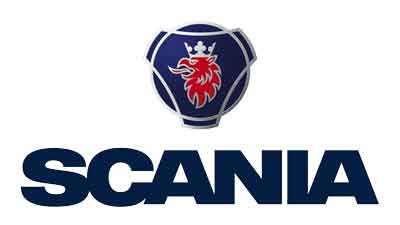
Scania Zone:
Scania Zone is a position-based service for automatic vehicle adjustment
Helps drivers to follow traffic and environmental regulations, enabling sustainable truck operation and providing increased safety for citizens
Real-time truck adjustments in pre-defined zones help drivers to decrease emissions, congestion and noise
Excellent support for meeting the rising demand for local consideration and increased safety concerns when trucks are operating in sensitive areas
“Scania Zone is the perfect tool for improving the acceptance for trucks in all kinds of sensitive or busy areas,” says Clara Wallin, Sustainable Solutions Manager, Scania Connected Services. “Each hauler can now pre-define how and when their truck should operate according to certain considerations regarding speed, noise and other emissions. This will obviously lead to increased sustainability and improved safety.”
Scania Zone is an optional add-on in Scania’s Fleet Management suite. It allows each customer to link a policy (such as “max speed 15 km/h”) to a pre-defined geo-fence zone so that when the vehicle enters the zone, it automatically complies with the rule. A policy can be either informative, alerting the driver; or voluntary, which changes the vehicle’s behaviour but can be overridden by the driver.

Zones can be large geographical areas as well as more limited sections along a particular highway. Different zones can be defined for, and also overlap each other within, a certain area. They can also be defined for a certain time period only, such as during the night time. When a truck reaches the end of a zone, it reverts to normal operation again.
“Many cities in Europe are implementing different kinds of zones in order to improve air quality, safety or traffic congestion,” says Wallin. “Noise emissions are also regulated with a 72 dB limit according to PIEK as a de-facto standard in a number of countries. Support from Scania Zone makes individual compliance so much easier to achieve.”
Policies that are available from the start include: Speed limit; Low emissions (such as zero tailpipe emissions when driving a hybrid); Low noise (electric driving); and General bodybuild (for example, switching on the beacon lights when driving in a school yard). These represent only a small proportion of the potential policies that
will become available in the future for different applications.


